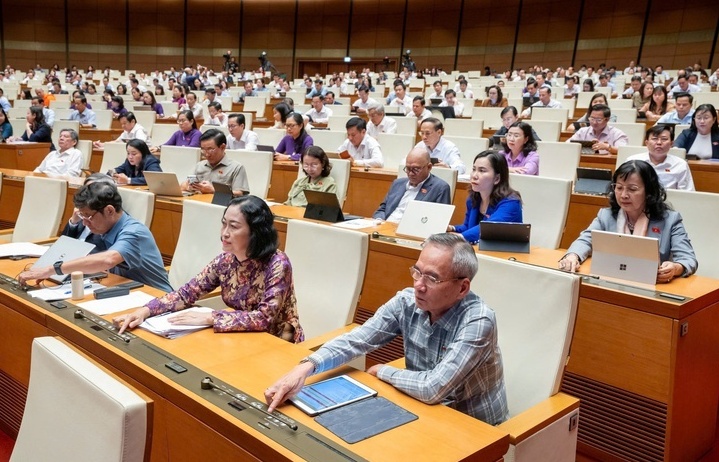Expert explains outcome of advertising cap lift

Deputy Minister of Finance Do Hoang Anh Tuan
In the past the business community has many times proposed the removal of the cap and been denied again and again by the Ministry of Finance (MoF). Why?
Every time the CIT [Law on Corporate Income Tax] was subject to revision, the compiling board heard from many sectors on how to set taxable income for firms’ advertising and promotion expenses.
After considering the pros and cons of each variant, the MoF would also try and set an appropriate policy considering Vietnam’s development level but also global practice. Accordingly, during 1999-2003 we set the 3, 5 and 7 per cent caps on total expenditures as deductible for calculating taxable income in production, trade and some specific areas.
From 2004 to 2013, the cap was set at 10 per cent across the board, except for firms established after 2009. They were allowed a 15 per cent cap for their first three years to support their operations.
From early 2014 to present, the cap was set at 15 per cent for all firms to stimulate market expansion and product promotion.
In 2013, while amending the CIT Law, the MoF still insisted on keeping the cap on advertising expenditures in place. But a few months later, when penning some amendments and supplements to existing tax laws, the MoF advocated the opposite view. Why?
This is an area I want to explain a bit more about. Previously, about 30 per cent of nations with economic development conditions roughly similar to Vietnam had caps on firms’ advertising outlay. Therefore, not removing the cap was to help protect local businesses and not infringe on the bilateral and multilateral trade agreements Vietnam had with other countries.
However, at this time only a handful of countries still have advertising spending caps, so we now accept that it is no longer appropriate with global practice.
Moreover, next year Vietnam is set to implement a raft of free trade agreements, so it is important to give firms more room to promote their products and services and expand their markets. Therefore, removing the cap on advertising spending at this time is the way to go.
Will this move cause businesses to spend more on advertising, which they can write off, and therefore less on tax contributions?
At present, only about 1 per cent of businesses have used up their advertising limit (15 per cent of total deductible taxable income), so removing the cap looks to not have much influence on budget contributions.
We expect the state budget to take a hit of around VND160 billion ($7.6 million).
At the same time though, this move will help firms increase the efficiency of their promotional spending and therefore expand their production, business or market output. This should help shape a more attractive investment environment that can, in turn, help foster even greater budget contributions.
Will businesses be able to take advantage of the new advertising policy via the internet to evade taxes?
In this regard we are working with the Ministry of Information and Communications (MIC). In the coming time the MIC will stipulate regulations for advertising on the internet as well as cross-border advertising, thus laying the foundation for governing the service while helping to avert tax evasion.
What the stars mean:
★ Poor ★ ★ Promising ★★★ Good ★★★★ Very good ★★★★★ Exceptional
Latest News
More News
- Trump's trade policies could shape Vietnam's economic outlook: Dragon Capital (November 15, 2024 | 16:56)
- Prioritising corporate governance for Vietnam’s sustainable growth (November 14, 2024 | 16:50)
- Vietnam eyes nuclear revival to bolster energy security (November 14, 2024 | 16:46)
- German businesses explore investments in Dong Nai (November 08, 2024 | 18:02)
- Vietnamese consumer sentiment outperforms regional averages (November 08, 2024 | 18:00)
- Exchange and interest rates forecast to remain stable after US election (November 07, 2024 | 14:04)
- Industrial real estate stocks benefit from US election results (November 07, 2024 | 13:56)
- 2024 sees $1.41 billion in fintech funding so far (November 07, 2024 | 08:13)
- Trump at 266 electoral votes, Harris at 195: US media (November 06, 2024 | 14:30)
- Hanoi targets digital and high-tech investment with upcoming event (November 06, 2024 | 13:28)




















 Mobile Version
Mobile Version